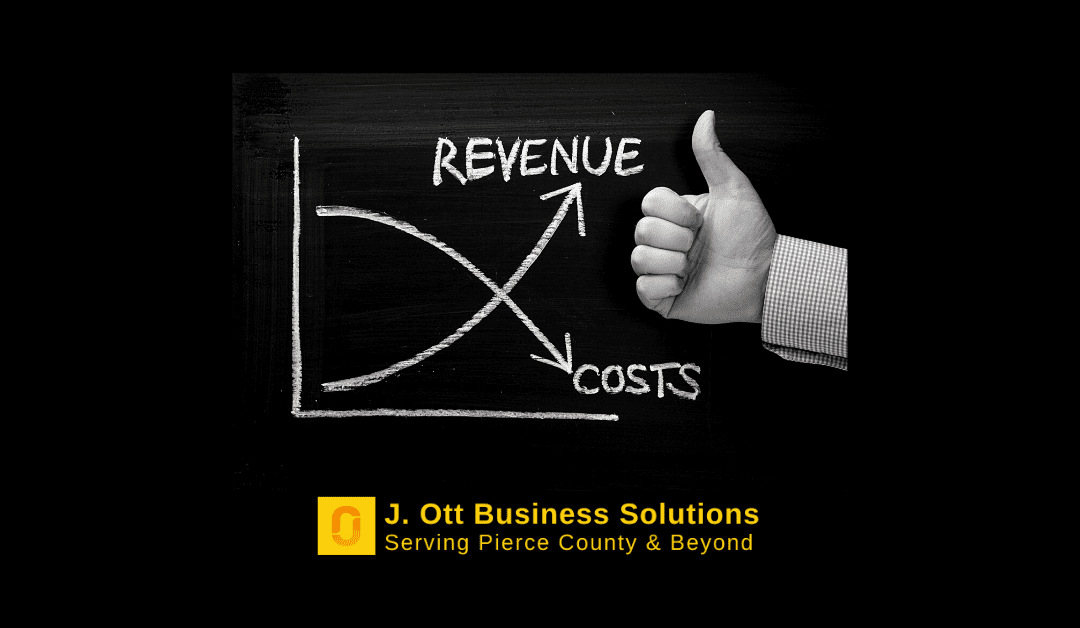Profit maximization is a top priority for any business owner. Taking preventative measures, such as establishing initiatives to cut costs, is essential for increasing profits. You can improve your profitability by cutting costs where possible without lowering standards of quality or productivity. To help small businesses increase their profit margins and find lasting success, this post will discuss seven tried-and-true methods of cutting costs.
1.) You should analyze your business’s expenses and then prioritize them. Put them into two groups: mandatory and discretionary expenditures. Locate unnecessary subscriptions, surplus office supplies, and old machinery that can be cut immediately. Expenses should be prioritized according to their effect on business operations and profits.
2.) You can save a lot of money by negotiating better terms with your suppliers. If you have a lengthy history with your suppliers or buy in bulk, you may be able to negotiate better terms with them. You can lower your cost of goods sold (COGS) and boost your profit margins by negotiating for better terms, discounts, or bulk purchasing choices.
3.) Adopt new technologies; they can help you save time and money by streamlining your operations. Learn more about bookkeeping and financial management software and automation technologies. Invoice processing, expense reporting, and payroll administration are just a few examples of the time and energy these solutions may save. Cloud-based accounting software decreases the likelihood of data loss and does away with the requirement for physical storage.
4.) Better cost control can be achieved through optimized inventory management. Having too much stock also means paying to store money that could be put to better use. However, sales chances are lost when inventory runs out. Examine your stock, find the stragglers and the oldies, and then fine-tune your ordering strategy. Maximize customer satisfaction and reduce storage costs by adopting just-in-time inventory management strategies.
5.) Consider contracting out non-essential tasks like payroll processing or tax preparation that eat up too much of your time or demand too much specialist knowledge. When you hire experts to do these tasks for you, you avoid making mistakes that could end up costing you time and money. When you outsource, you have more time and resources to devote to the areas of your organization that have the greatest impact on your bottom line.
6.) Take Steps to Improve Energy Efficiency Reducing energy use is good for the planet and the wallet. Consider your energy consumption habits and make adjustments such as changing to energy-efficient light bulbs, adjusting the thermostat, and powering down electronics when they are not in use. Saving money on utility costs might add up to a significant sum.
7.) Invest in employee training to boost efficiency and productivity and save money. Give your employees regular chances to learn new things and improve their abilities. Employees who have received adequate training are less prone to make costly mistakes. Investment in staff growth also boosts morale, which in turn reduces turnover and saves money on hiring and retraining new staff.
The bottom line is that aggressive cost-cutting is essential for expanding profit margins. The bottom line of your company can be improved by applying these seven techniques. It’s important to keep an eye on your efforts to save costs and adjust them as needed as your company develops. Your small business may develop and become profitable in the long run if you make cutting costs a top priority without sacrificing quality or efficiency.
Reach out to our office today for professional bookkeeping services and other cost-reduction practices that are designed specifically for your company’s needs. We’re here to help you succeed!

